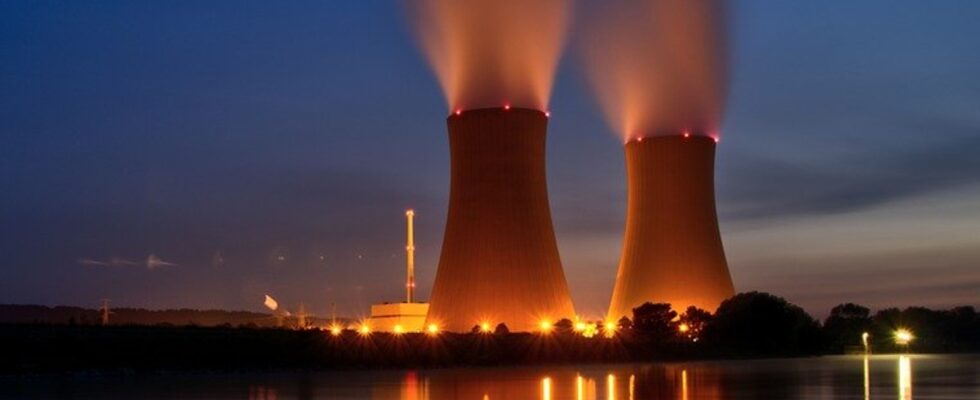[Article mis à jour le 08/12/2023 à 10:03] China is moving into pole position in the race for so-called fourth-generation nuclear power plants. The turning point is decisive for the country, which seeks to slowly move away from coal and ensure its energy independence.
While EDF is working on the annual construction of 1 to 1.5 reactors, China has just taken an additional step in the development of this technology. In Shidao Bay (Shandong province, in the east of the country), the first gas-cooled power plant has just been commissioned. Equipped with small modular reactors (SMR), they are easy to build and greatly reduce the risk of meltdown, reduce the quantity of nuclear waste and are more efficient from a thermal point of view. A clear evolution of a technology developed for the most part between the 1970s and 1990s on a global scale. In China, however, nuclear programs are much more recent.
Technological autonomy in sight
The Shidao Bay power plant is located in Roncheng, and it is a world first. Instead of cooling the reactors using pressurized water, they are maintained at temperature using gas. The equipment that makes it up is 90% Chinese designed, a fact highlighted by Zhang Yanxu, one of the project managers. An innovation that perfectly complements the country’s enormous investments in green hydrogen generators.
It’s pretty clear: China is continuing its quest for energy autonomy with success. Reducing its dependence on Western technologies is the new credo of the Middle Kingdom.
A new step towards the energy transition
The Shidao Bay SMRs have more than one trick up their sleeve, they are also extremely versatile: desalination of seawater, production of steam for industry and reconversion of the energy produced for heating. Pretty good, right? Its total capacity is 200 megawatts, typical of small modular reactor plants. To make a comparison, our French power plants like those of Civaux or Flamanville produce 900 to 1,450 megawatts per reactor.
The Shidao Bay power plant is, on the other hand, much more compact than traditional power plants, and its environmental impact is necessarily less. Its construction costs are also lower, and it is much quicker to build. China is once again proving that it is gradually, but surely, establishing its leadership in green energy.
Source : The world

27